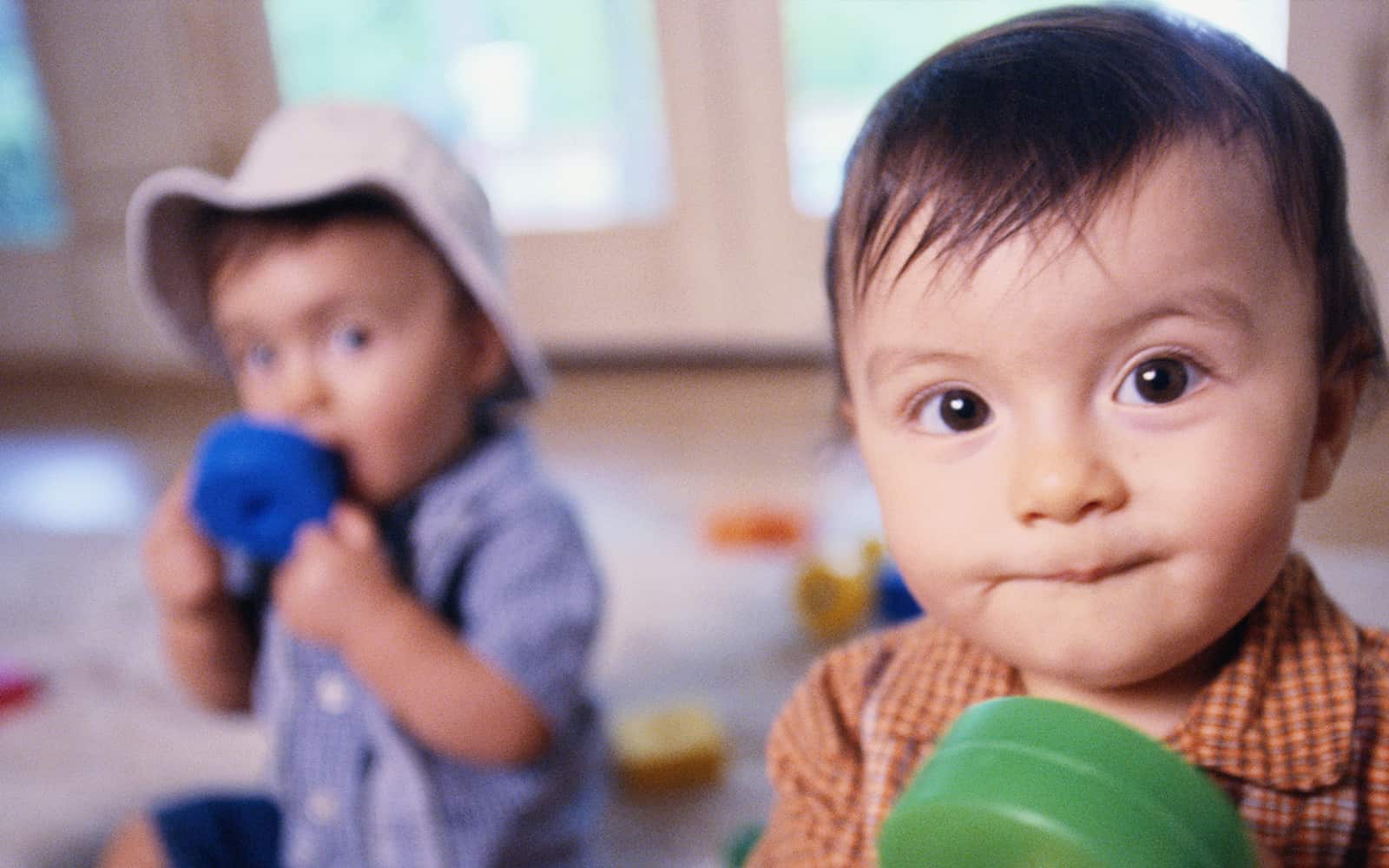Although Infant/Early Childhood Mental Health (I/ECMH) primarily focuses on promoting mental health and prevention, we can lose clarity and honesty when we don’t also look at the needs, challenges and struggles of children and families.
Behavior is how young children communicate and all behavior has meaning. Challenging behavior is a normal part of a child’s development, and as the Brazelton Touchpoints Center found, shifts at key developmental milestones can offer opportunities to teach children new skills. However, when challenging behaviors are sustained, excessive and/or impacting the child’s daily life, it is important to seek support for intervention that can drive improved outcomes. And, in some cases, a child will receive an appropriate diagnosis.
1 in 6 U.S. children age 2–8 has a diagnosed mental, behavioral or developmental disorder. Yet, 75% to 80% of children in need of mental health services do not receive them. Unfortunately, families often rely on emergency rooms to address children’s mental health needs, where wait times are 8% longer. Data shows that Black and Latinx children are less likely to be diagnosed or treated for mental health conditions and concerns due to barriers accessing services, ongoing stigma and perceptions of services, among other factors. In fact, psychiatric and behavioral problems among children of color often result in school punishment or incarceration, but rarely mental health care.
Since the onset of the COVID-19 pandemic in 2020, mental health needs have increased for children and families. There are lower rates of identification for young children with disabilities, difficulties providing services they should be receiving, and many children are experiencing high levels of social and emotional challenges. A survey by Ann & Robert H. Lurie Children’s Hospital of Chicago conducted during the pandemic estimated that 70,000 toddlers and children in Chicago are showing mental and behavioral health symptoms.
The good news? Adverse childhood experiences do not dictate the future of a child. We must be strengths-based in our approach to addressing I/ECMH and focus on protective factors, as well as risk factors. The single most common resilience factor for children is at least one stable and committed relationship with a supportive adult. That adult can be anyone—a parent, a caregiver, a teacher, you.
You don’t have to be a clinician to do I/ECMH work. As we work to bolster the mental health system by reducing the stigma of mental health challenges and improving access to care, we need to use a multi-pronged approach, pulling in a variety of non-traditional providers and supports. Programs, staff and families need to be equipped with the best tools and supports to be able to promote mental health and well-being of all children, intervene when appropriate and provide referrals for targeted treatments.
This blog post is the first in a series about I/ECMH in honor of Mental Health Awareness Month, as we also partner with other I/ECMH organizations, such as the Illinois Association for Infant Mental Health and the Illinois Children’s Mental Health Partnership.


